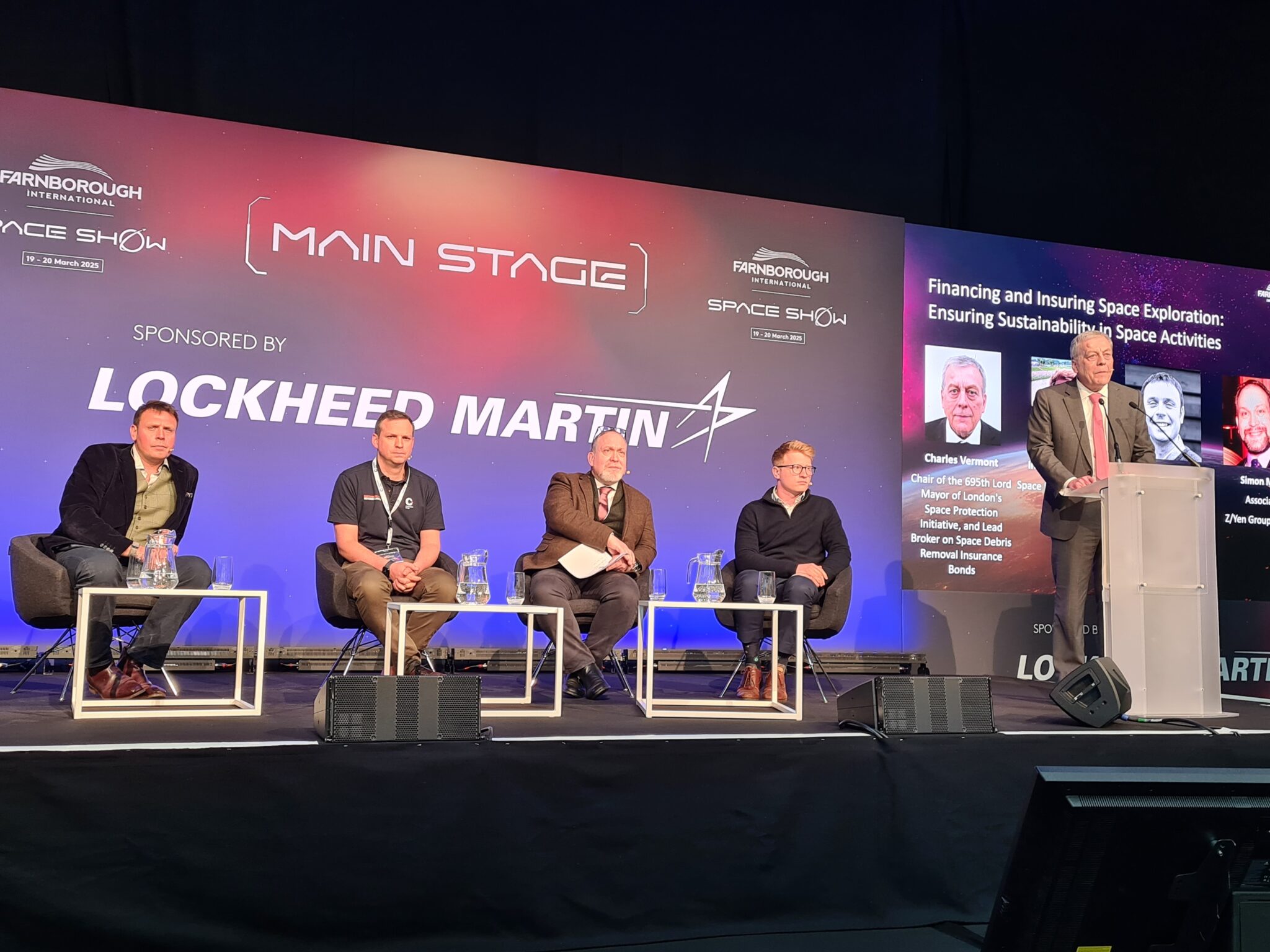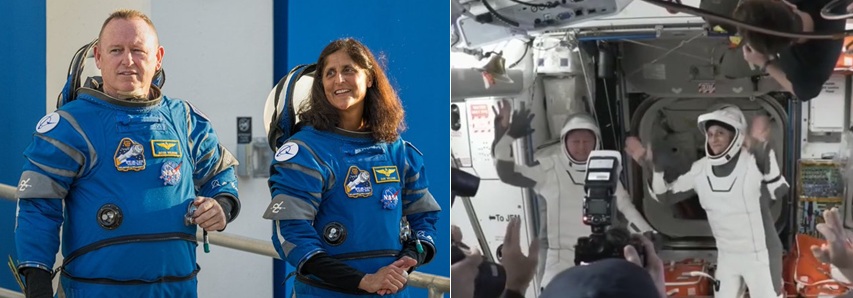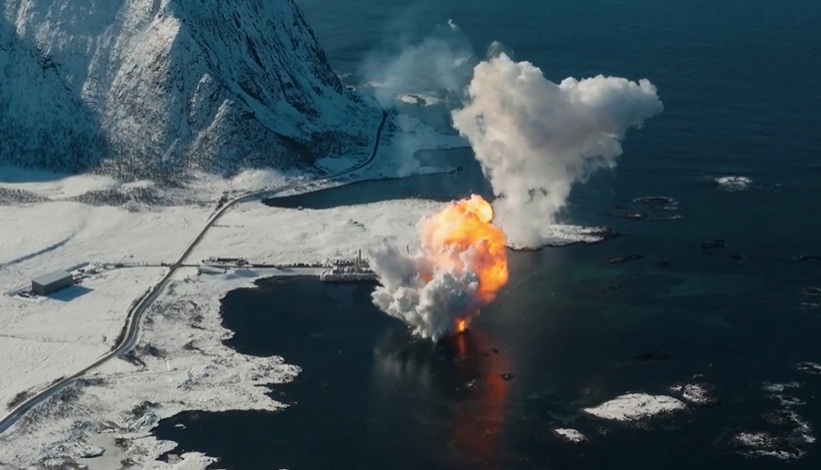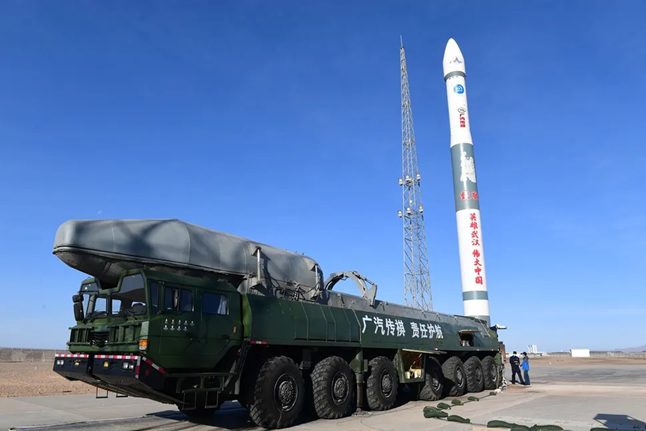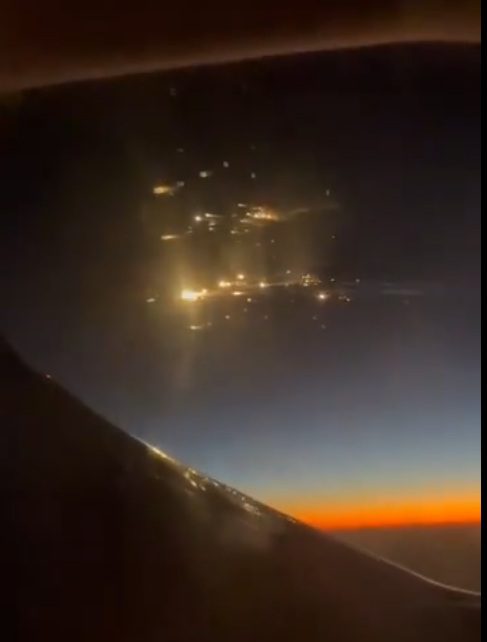A PSLV-XL launch vehicle carrying India’s first solar research spacecraft was conducted to mark the country’s first launch to the L1 position. The Aditya L1 solar research probe for the Indian Space Research Organisation (ISRO) was launched from Satish Dhawan Space Centre, Sriharikota, India, at 0620 GMT on 2 September. As its name suggests, Aditya L1 will be put into a Halo orbit around the L1 Sun-Earth Lagrangian point – the point where the solar and Earth gravitational fields balance.
From its 19,450 km x 232 km, 19.2 degree inclination delivery orbit, Aditya L1 will slowly climb into position under its own propulsion. It made the first of these manoeuvres on 3 September and attained a new orbit at 22,459 x 245 km.
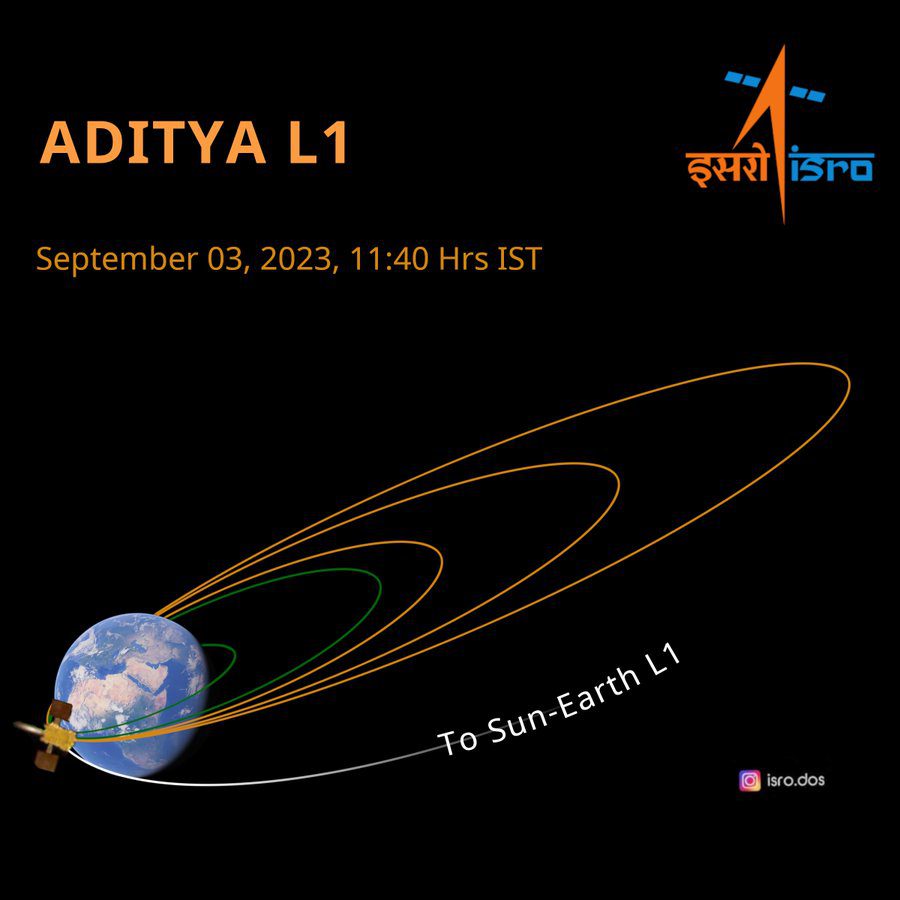
Aditya L1 starts to raise its orbit towards its transfer to L1. Courtesy: ISRO
Aditya L1 carries research payloads/instruments including four Remote Sensing Payloads:
- VELC – Visible Emission Line Coronagraph for corona/imaging and spectroscopy;
- SUIT – Solar Ultraviolet Imaging Telescope for photosphere and chromosphere imaging, narrow and broadband;
- SoLEXS – Solar Low Energy X-ray Spectrometer – a soft X-ray spectrometer for Sun-as-a-star observation; and
- HEL1OS – High Energy L1 Orbiting X-ray Spectrometer, a hard X-ray spectrometer for Sun-as-a-star observation.
In addition, there are three in-situ payloads:
- ASPEX – Aditya Solar wind Particle Experiment, a solar wind/particle analyser of protons and heavier ions with directions;
- PAPA – Plasma Analyser Package for Aditya – a solar wind particle analyser of electrons and heavier ions with directions; and
- MAG – Advanced Tri-axial High Resolution Digital Magnetometers to measure in-situ magnetic field (Bx, By and Bz).
The launch follows the highly praised landing of ISRO’s Chandrayaan-3 Vikram lander and Pragyan rover on the lunar surface near the south pole.

